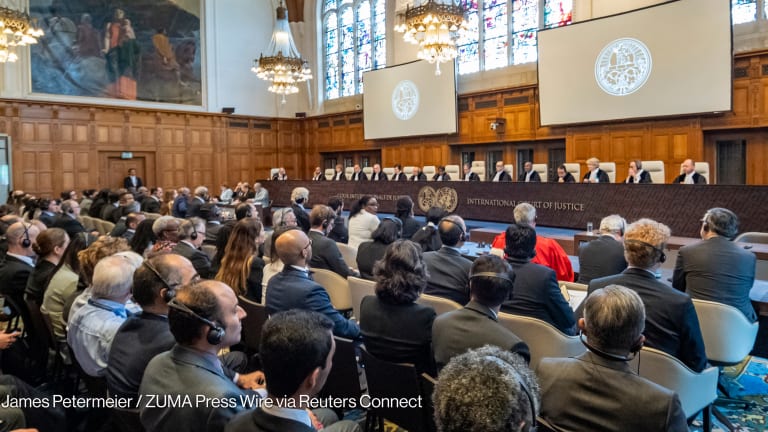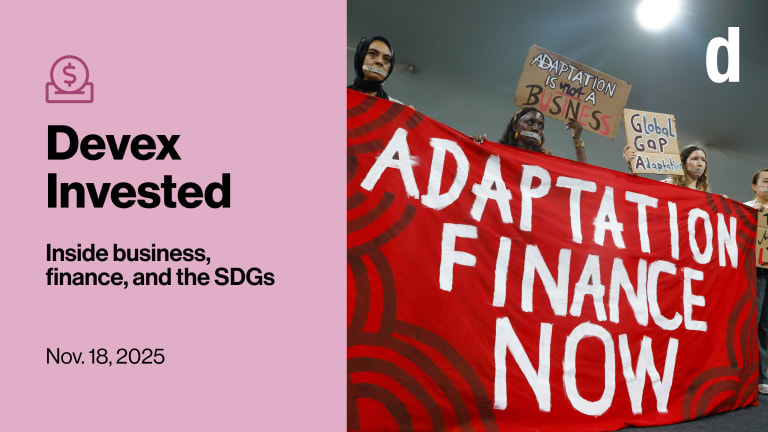At last September’s U.N. Conference on Small Island Developing States in Apia, Samoa, the World Bank announced that it would help small, disaster-prone countries to improve their adaptive capacity to climate change through an effort called the Small Island States Resilience Initiative — a response to ever-louder calls from leaders of island states for more assistance with boosting their disaster resilience. From $145 million a year, World Bank support for climate-resilient development for these small island states was increased to $190 million annually.
The World Bank already manages climate resilience financing for small island states through several channels: the International Development Association, the International Bank for Reconstruction and Development, the Global Facility for Disaster Risk Reduction, the Least Developed Countries Fund, the Special Climate Change Fund, Adaptation Fund, the GEF-6 for Climate Change, the Pilot Program for Climate Resilience, the Japan Policy and Human Resources Development Fund and trust funds largely financed by the now-defunct Australian Agency for International Development, such as the Pacific Regional Infrastructure Facility and the Maldives Climate Change Trust Fund.
Below is a more detailed breakdown of World Bank-managed disaster resilience funding for small island states as of December 2014. The World Bank notes that these countries may also be eligible for Green Climate Fund financing when the fund becomes operational.








